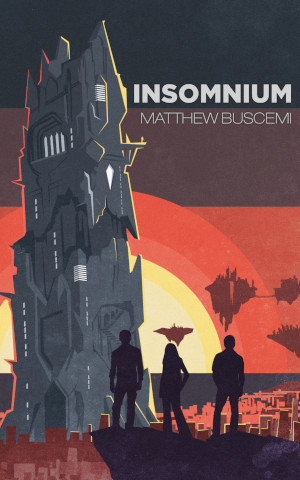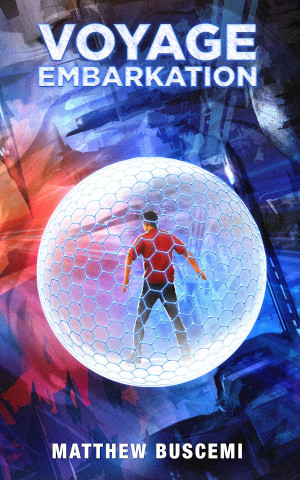Cover Reveal for Intersection Thirteen
Tuesday, December 22, 2020 at 2:55am
Intersection Thirteen developed out of an idea I’d been knocking about for some time with a tentative title of merely Intersection. That original idea was for a series of stories that would feature a cast of diverse characters who had come to inhabit an artificial universe. The protagonist would be an explorer from Earth who stumbled upon it accidentally. I even created character outlines for all the people that the explorer character would meet in the artificial universe (or “intersection”). However, Intersection never went anywhere because I never found a reason or purpose for the universe to exist or anything meaningful for the explorer to discover. Intersection never had a ‘why.’
When the first March 2020 Covid lockdown happened in Washington State, I took this idea and modified it dramatically. What if the intersection’s inhabitants weren’t a rag tag band of misfits, but an entire country’s worth of people? And what if their artificial universe started inwardly collapsing onto them faster than they were able to evacuate? And what if my explorer from Earth were a collector of books, and it just so happened that the intersection was treasure trove of literature?
All of the pieces finally came together, and I had a sound foundation for a novel. In was inspired by lockdown, but Intersection Thirteen turned out not to be about that, or even the experience of it. It’s not even about disease. In fact, the more of it I wrote, the more I realized that its real core was about issues cultural and economic. My protagonist from Earth, Mira Rous, refused to stay put in the intersection and demanded to take off in her ship and unravel the mystery put forth to her by the intersection’s government. A less experienced version of myself, one who more willingly absorbed bad writing advice, might have invented some excuse for Mira’s ship to be damaged or for her to be captured, but instead I let Mira take me where she wanted to go. She was a compelling character to write, one of my favorites so far, and I’m looking forward to putting her perspective into the world.

Zhivko Zhelev returns with another cover. He did an extraordinary job with this one, choosing to depict the intersection’s gyrospire, the invention at the heart of the artificial universe, which allows it to maintain the integrity of its physical spaces.
He also did another illustration, a scene in which Mira finds herself in an unshielded part of the intersection at a time when the integrity of its spaces is rapidly degrading.

At the time of this writing, I am still working on edits for Intersection Thirteen, but I expect that to go out to readers soon. I anticipate a release date sometime in February or March.









